The R/V Oceanus will depart Gulfport at 12AM on August 21. The science party consists of microbiologists, isotope geochemists, chemical ecologists, physical oceanographers, geologists, and biogeochemists from the University of Georgia (UGA), Georgia Institute of Technology, Lamont-Doherty Earth Observatory (LDEO), the University of California Santa Barbara, the University of Maryland, and the University of Southern Mississippi. We'll be conducting joint operations with the R/V Cape Hatteras, which will house scientists from the University of Texas, UGA, and LDEO. We'll be visited by journalist from the BBC, CBC, and National Public Radio while we are at sea. We'll be conducting many operations similar to those we conducted on our May/June cruise but our collaborators be doing a lot of work at higher trophic levels to see how oil and gas are moving through the food web and we'll be collecting sediment cores to see how much oil is on the bottom. Our cruise plan is ambition. We want to locate and map (again) the mysterious deepwater plumes that were discovered on the Pelican cruise in May. We will be further documenting the plume's distribution and following up the rate measurements we did in May/June with additional rate measurements and a suite of geochemical constituents. We are all eager to get back out on the water. This week has been filled with packing, packing and more packing. The truck was loaded tonight and leaves at the crack of dawn tomorrow. The rest of the UGA crew arrives Friday morning. We'll get everything set up and be ready to sail early Saturday morning. We should be on station mid-day Saturday and I'll post updates as frequently as I can manage to find some time to put my thoughts to the keyboard.
As we did on the Walton Smith cruise, we will use an instrument called a "CTD rosette" to characterize the water column and collect water samples from specific depths. The CTD rosette contains an instrument with sensors that quantify temperature, salinity, depth, chlorophyll (an indicator of phytoplankton biomass), colored dissolved organic matter ("CDOM," which includes oil), and transmissometer (which essentially detects particles in the water). The rosette also contains special bottles for collecting water at a specific depth. We trigger the bottles at depths where we see interesting signals in the CDOM, and we use the water for measuring methane gas concentration and oxygen consumption rates on board the ship. We're also collecting samples for analysis of oil, basic geochemistry, nutrients, and microbiology; those samples will be analyzed back at the UGA laboratory. We'll be doing a lot more measurements at sea on this cruise so will be much busier than we were during the May/June cruise. Stay tuned for updates!
